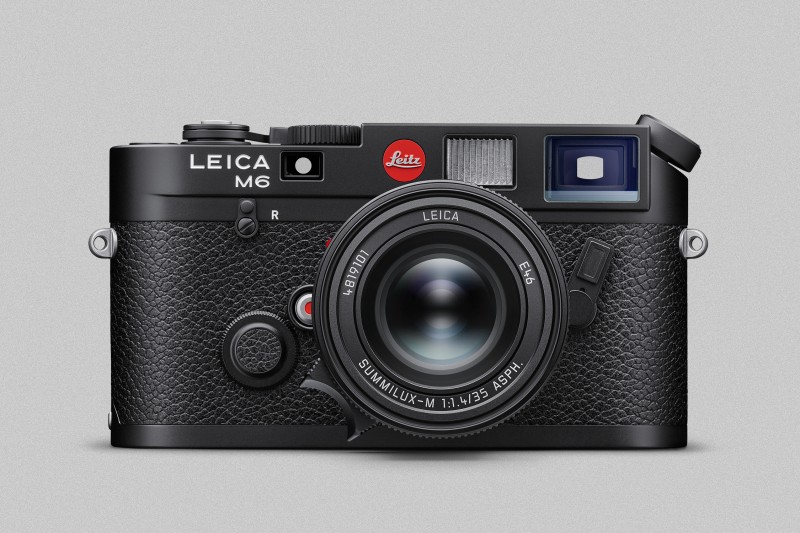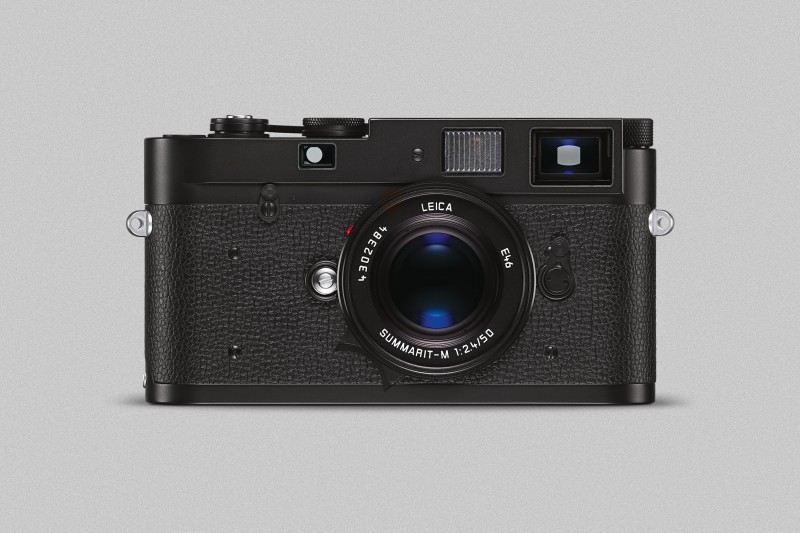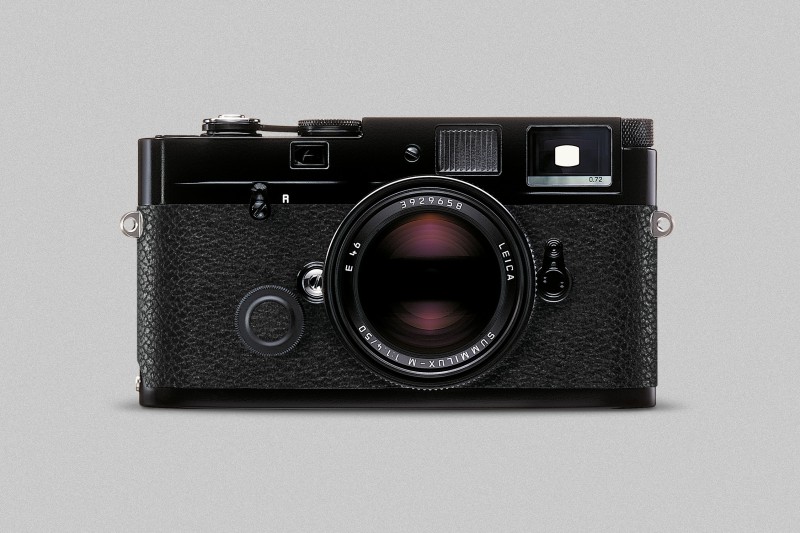Leica Trio with Film
Leica Trio with Film
January 9, 2024

It is back again: the Leica M6 from 2022.
With the launch of the new Leica M6, LFI also started a series on analogue photography, covering the very lively scene, talking about film, its aesthetics, its digitalisation and more. We will continue to keep an eye on developments for you, and will complement our articles in the LFI magazine with material here. We will start with a categorisation of the three camera models mentioned above.
Leica refer to the M6 as the “icon of analogue photography”, “a cult object, which is intuitive, compact and discreet”. The M6 was introduced in 1984 – 30 years after the appearance of the first M, the Leica M3 –, and nearly 175,000 of them were produced up until 2002. The camera was responsible for numerous images, which have since joined the annals of contemporary history. The M6 houses a rangefinder with a 0.72x viewfinder magnification, made by hand with over 100 individual parts. With selective exposure metering through the lens, and the light balance displayed in the lower part of the viewfinder image, the aperture and exposure times can be precisely adjusted to each other. The camera has a sealed metal casing with a hinged rear panel; the top cap and base plate are made of brass and painted black. The M6's mechanical shutter allows for exposure times ranging from 1 to 1/1,000 of a second, and the flash sync time is 1/50 sec. A quick-release lever transports the film; a Leicavit-M or a motorised transport are also options.
Leica refer to the M-A (Typ 127) as a “precision instrument radically reduced to the essential”, available in black and silver chrome versions. The latter continues the classic look of the characteristic exterior of old Leicas. Being a purely mechanical camera, the M-A needs no battery, and has no light meter: nothing should distract from concentrating on the photo. Leica describe the sound of the M-A's release as an “acoustic pleasure, where you can immediately pick up on the fine mechanical perfection of its origins”. The typical red dot does not appear on the M-A's casing; with its omission, the engineers wanted to underline the “simplicity of the design”. The M-A's technical data is essentially comparable to the M6's, except that there is no exposure measuring device in the camera: this means that it depends entirely on the photographer's expertise, or on an external light meter.
"Without an electronic shutter, the camera is unobtrusive and leaves the really important decisions to the photographer," say Leica, speaking about the analogue MP, which they describe as "empowering”: “mechanical perfection, and nothing else”. Time and again, the Leica MP – designed for a long life of service and lasting value – has proven its reliability even under the toughest of conditions. The MP only needs a battery for the meter functions. Its selective TTL meter system supplies the necessary information to choose the ideal lighting parameters, while a light balance provides information about the correct, or possibly incorrect, exposure. Experienced photographers, however, can also use it without the supporting electronics. Leica have also dispensed with the red dot on the body of the MP.

It is back again: the Leica M6 from 2022.

The Leica M-A (Typ 127) is a purely mechanical camera, without its own light meter

The Leica MP is an extremely robust, analogue tool, that works flawlessly even under extreme conditions